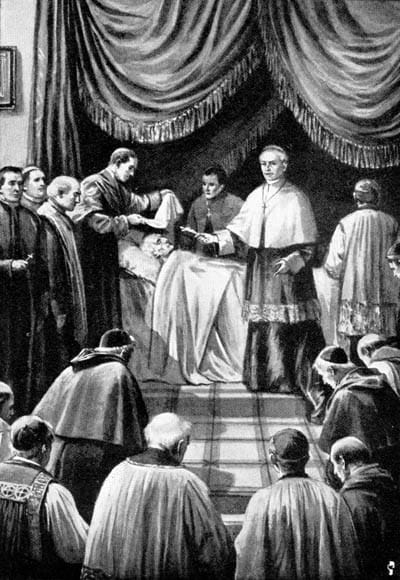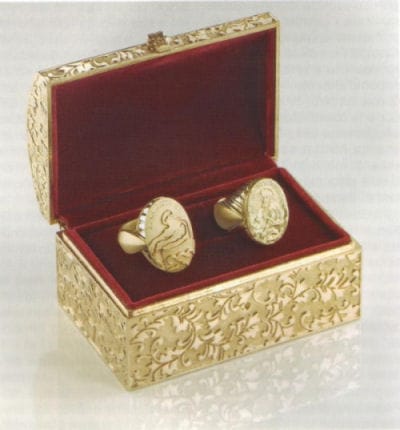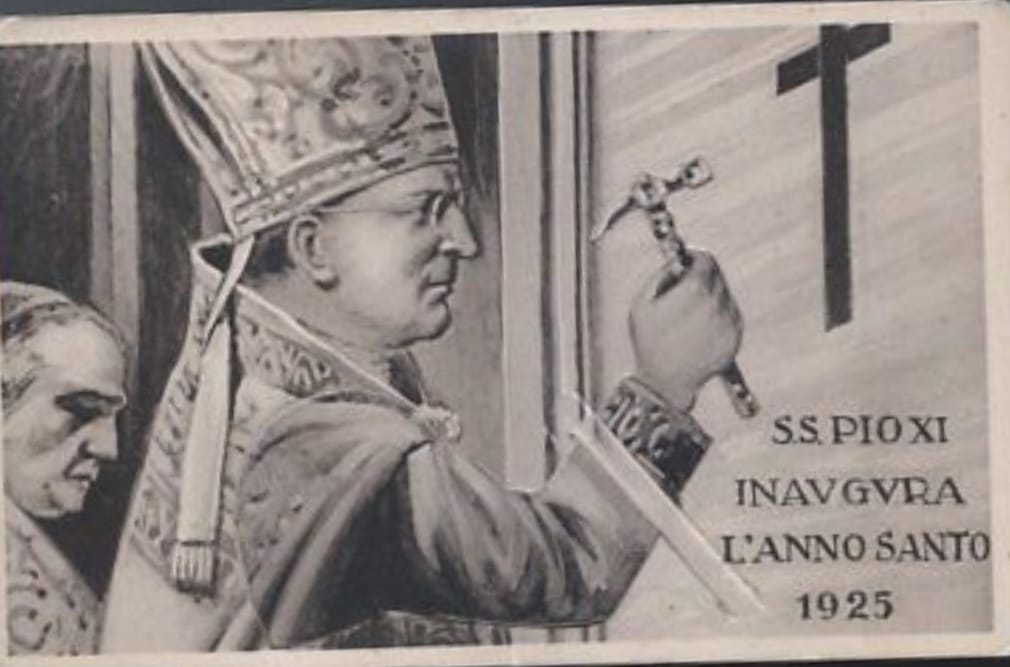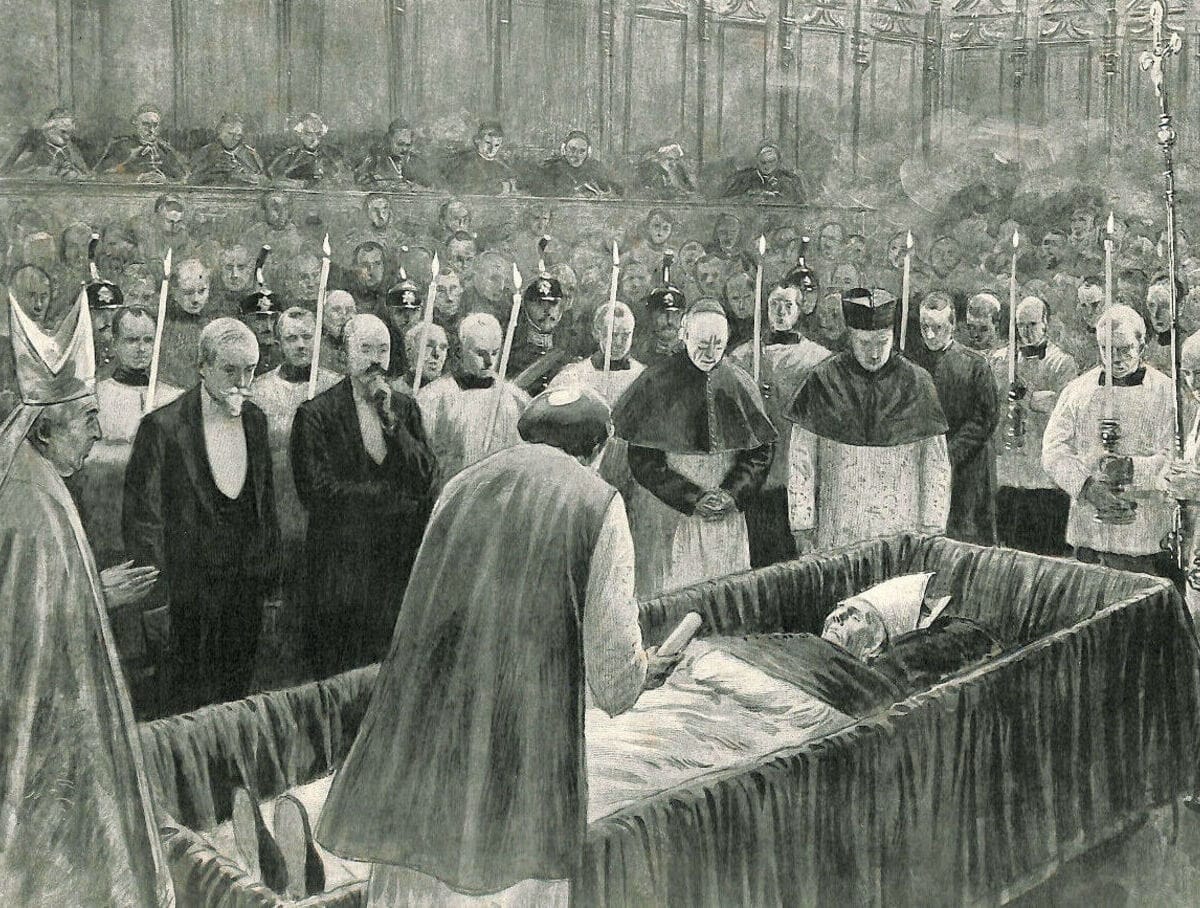In the media, social networks and encyclopedias you can find reports that the Vatican uses a very unusual procedure to confirm the death of the pontiff. We decided to check whether such a tradition really exists.
The story about dad and the hammer is mentioned, for example, in Wikipedia. Moreover, this procedure is described (albeit in different ways) not only in Russian-speaking version of the Internet encyclopedia, but also on English, French And Italian languages. Much has been written about the strange ritual and the media: Lenta.ru, "Nezavisimaya newspaper", agency "RIA Novosti", "Kommersant" But this legend began to spread again in the first days of 2023, shortly after the death of retired Pope Benedict XVI. It started with a post in Twitter on January 1, accompanied by a photo of a hammer and receiving almost 5,000 retweets. And the post for January 2 in the English segment Facebook with a screenshot of this post, it received 1,500 reposts and more than 500 comments.
After the death of John Paul II, newspapers repeated the same formula. For example, “Kommersant” is like this described procedure that followed the death of the pope in 2005: “According to the traditional ritual, Cardinal Chamberlain Eduardo Martinez Somalo approached the pontiff’s bed. He addressed the Pope three times by the name given to him at baptism - Carol. Without waiting for an answer, the chamberlain struck the deceased’s forehead three times with a special silver hammer to finally make sure that he was dead. According to centuries-old rules, only after this the death of the Pope is considered certified.”
The media convey the effect of presence, as if the procedure is taking place in front of cameras. But this part is always closed to both the public and journalists; the Holy See does not talk about any details. One of the rare pieces of evidence is memoirs, which were left by Hartwell de la Garde Grisell, who served as chamberlain in the Vatican for 25 years. He kept diary entries during the period of Sede vacante ("empty throne"), when Pope Leo XIII died and his successor Pius X had not yet been elected. During this period, all powers of power pass to the cardinal-camerar (or camerlengo).

Grisell describes in great detail the first minutes after the death of Pope Leo XIII on July 21, 1903. In the morning, several people entered the room of the deceased pontiff, including Cardinal Camerlengo Orella di Santo Stefano. According to the protocol, it is he who must verify the death of the Pope. The cardinals knelt, then the camerlengo stood up, said prayers appropriate to the occasion and sprinkled the brow of the deceased with holy water. Cardinal Camerlengo took fisherman ring (which, as Grisell notes, the pope never wore) and took it to the Consistory hall, where he smashed it.

On the very first pages of Grisell's diary exposes Myth of the gavel: “It should also be noted that there is no ceremony in which the hammer is knocked on the forehead of the Pope; There is also no specific form of procedure for calling him by name, all this remains at the discretion of the cardinal-camerlengo.”
There is no further mention of the gavel, but Grisell clarifies the history of the ceremony and accompanies the above paragraph with a note: “The original handwritten diary that came to me by Domenico Cappelli di Ascoli, who served five popes: Alexander VII, Clement IX, Clement X, Innocent XI and Alexander VIII, indicates that the tradition of pronouncing the phrase pater sancte (“holy father”) three times ceased with death Clement X in 1676."
The earliest mention of the legend of the silver hammer dates back to the 1850s, according to Ulrich Lehner, professor of theology at the University of Notre Dame (USA). At the request of the publication USA Today he examined in detail the history of a common misconception. According to him, historians of the Catholic Church know nothing about such a tradition. The duties of the cardinal-camerlengo include, among other things, ascertaining the death of the pontiff, and then he seals the chambers of the deceased pope until the election of a new one. Lehner believes that the legend appeared at a time when people were afraid of being buried alive: a new wave of this fear had to to the middle of the 19th century.
Now all the duties of the camerlengo are spelled out in the apostolic constitution Universi Dominici Gregis (“All the Flock of the Lord”), approved in 1996 by John Paul II. It states that the camerlengo must certify (how is not specified) that the pontiff has died, and then sign the death certificate.
Another specialist in church history, Georgetown University professor David Collins, explained USA Today, where the hammer in the widely circulated photo came from.

The Pope actually has such a hammer, but it is not used for hitting the forehead or, as often write, break the fisherman's ring. According to Collins, the pontiff knocks on the gates of the temple with it when he opens Jubilee year - a period of forgiveness, mercy and remission of sins. The last time the Jubilee Year (as it is also called the Holy Year) was announced in 2016, the next one is scheduled for 2025.

Many dads had their own hammers. They are kept in the Vatican Museums and shown to the public. In 2015, before the Jubilee Year, a broadcast on the Italian TV channel TV2000 was dedicated to these artifacts; the curator of historical collections of the Vatican Museums, Sandro Barbagallo, became a studio guest.
The photo that circulated widely on Twitter earlier this year does not show the exhibit's caption. But, judging by fragments of the signature, this is the hammer with which Pope Pius XII knocked on the gates in 1933 - then it was the Jubilee Year.
Thus, neither we, nor our fellow fact-checkers, nor experts could find any evidence of the existence of a tradition according to which the deceased pontiff was knocked on the forehead with a special hammer.
Cover photo: funeral of Pope Leo XIII. Engraving, 1903
Not true
Is it true that the Pope in Raphael’s painting “The Sistine Madonna” has six fingers on his hand?
If you find a spelling or grammatical error, please let us know by highlighting the error text and clicking Ctrl+Enter.






